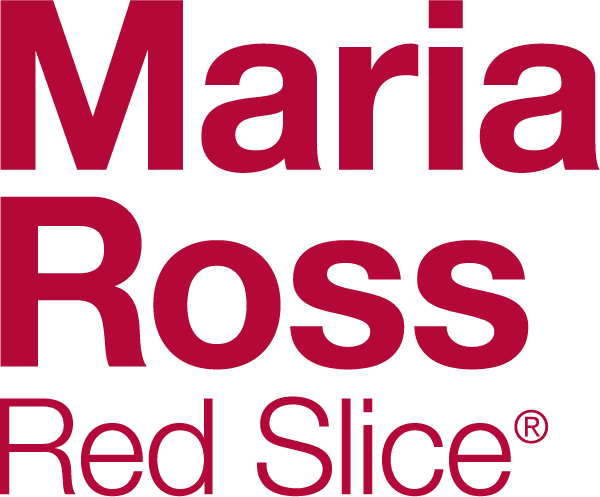As mentioned in a previous post, giving back to the community and maintaining responsible business practices are really hot for consumer loyalty right now. I personally hope this trend continues into perpetuity, as businesses have amazing reach and leverage to make a difference in the world. I pray this is not just a fad.
I read a sidebar in the WSJ today about businesses following in the footsteps (no pun intended) of Toms Shoes. For every pair of shoes they sell, they give one pair to a child in need. Pretty cool. While this may add extra costs or eat into margins, its also the reason why many loyal customers continue to support Toms – and they get ton of great PR around it. The WSJ article states that a July survey by Cone LLC found that 19% of adults would switch brands – even to those with higher prices – to support a cause. That’s pretty powerful, especially during a recession.
Toms passes the extra costs onto consumers, who don’t mind paying it because, hey, they need shoes anyway and want to help people in need at the same time. Now many start-ups are mimicking this concept in small ways. The article cites Warby Parker who gives money to a nonprofit called Restoring Vision or every pair of glasses they sell. And a necktie retailer called Figs donates school uniforms to children in Africa for every tie sold.
While profit margins and growth may be slowed because of this, the companies seem to be trading off brand loyalty and attracting a certain kind of loyal customer for the long term. That’s pretty smart, if they can keep it going. But I wondered if this is a business model shift or a brand shift? Obviously, you have to tweak your pricing and fulfillment to make this happen, so it does impact the business model and how fast you can grow. But it also ties so closely in with the “soul” of the company and what it stands for – and that is a brand decision if you ask me. It’s promoting a value to attract customers who share that value – which means it’s about a promise and a targeted message. All branding decisions.
Whatever you call it, I like it. And I hope it continues. But maybe that is because I am the type of person they are trying to attract. If someone is striving to make ends meet and cares about price, they are not the target audience for these companies.
Does that mean businesses who engage in this practice always need to be targeting a more affluent customer? What do you think?



